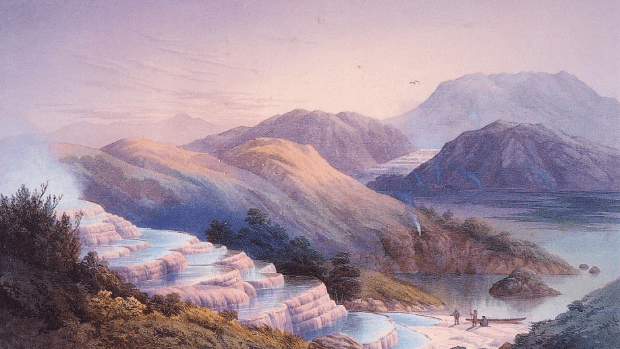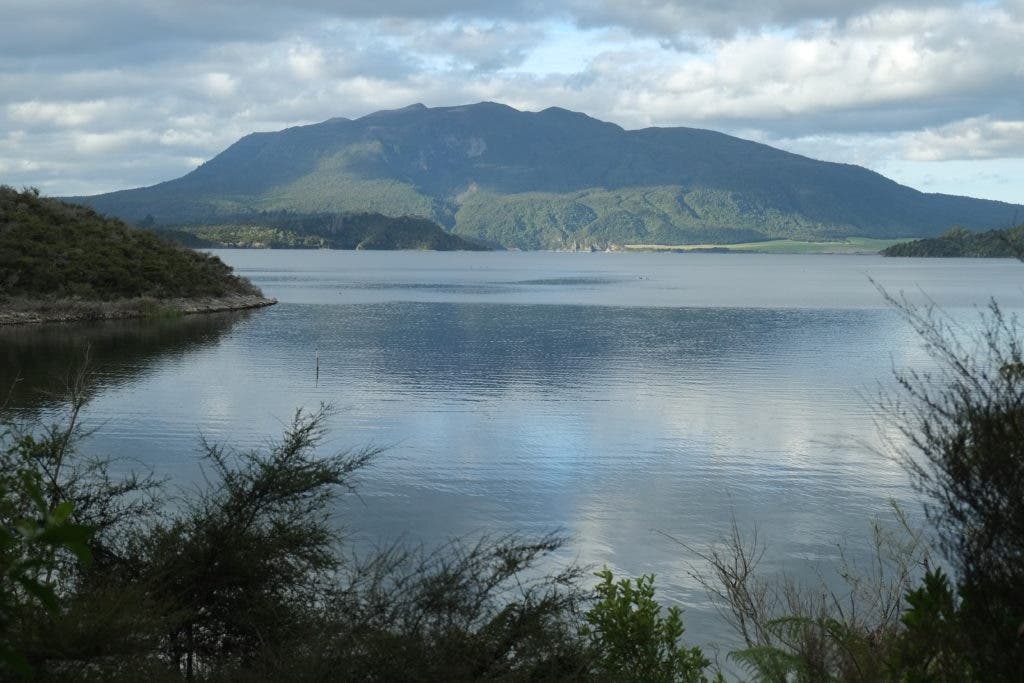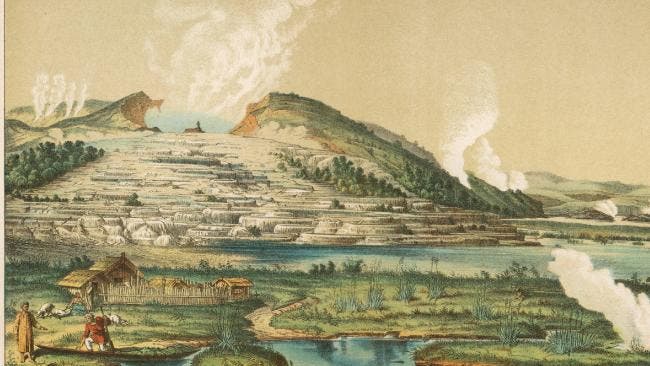
With the help of an old, 19th-century field diary, researchers think they’ve found the location of a long-lost natural relic: New Zealand’s great white-pink terraces. This exquisite natural landmark was once called the ‘Eight Wonder of the World’ and people from all over the world would travel around the globe just to catch a glimpse of it. A volcanic eruption is thought to have destroyed the terraces but now scientists claim the event merely buried them. Excavations will start soon, and there’s a good chance portions of the terrace might be intact. It would be the first time in 131 years people would see them again.
A natural wonder of world — now revisited
What used to be New Zealand’s most iconic region became covered in volcanic ash after Mount Tarawera erupted on June 10, 1886. Some 120 people, mostly natives, were killed in the event and the whole area around Lake Rotomaha had been destroyed. Since then, hundreds of people — some amateur explorers, others scholars on the job — have sought to find the original location of the pink-white terraces to little avail, until recently.
“They [the terraces] became the greatest tourist attraction in the southern hemisphere and the British Empire, and shiploads of tourists made the dangerous visit down from the UK, Europe and America to see them,” Rex Bunn, one of the new study’s co-authors, told The Guardian.
“But they were never surveyed by the government of the time, so there was no record of their latitude or longitude,” he added.

The terraces, a large, bright white and pink set of cascading rocks, were once considered the largest deposit of silica sinter. Sinter is a type of quartz which forms when enough sediment builds up to form a crust around waterways. The ‘white’ terrace used to sit at the north-east end of Lake Rotomahana while the ‘pink’ terrace could be found on another shore nearby. The pink terrace is thought to have gained its hue from nesting populations of pigmented bacteria like Thermus ruber. Similar organisms inhabit the Morning Glory pool at Yellowstone.
In 1859, a geologist named Ferdinand von Hochstette was contracted by the local government to make a geological survey of the New Zealand islands. He is now widely heralded as the “father of New Zealand cartography”. From his field diaries, Bunn and colleagues were able to extract valuable information about the whereabouts of the terraces.

This was no easy job, despite access to Hochstette’s notes and maps. “Hochstetter was a very competent cartographer,” Bunn said, who went on to add his team spent 2,500 man-hours to find the terraces, which a previous study deemed they were completely destroyed. Though the 19th-century cartographer did a very good job, his sketches were not entirely valid anymore since the topography was changed by Mount Tarawera’s eruption. Eventually, the researchers managed to write an algorithm whose margin of error is no greater than plus or minus 35 meters.
Bunn and colleagues argue that the terraces survived the eruption and were not pushed to the bottom of the lake or destroyed, as the other study suggested. Instead, the team says the terraces lie 30 to 50 feet below the lake’s shore. A submerged robotic submarine has found remains that suggest the terraces, which span hundreds of meters, are still there.
“They got completely and utterly covered, and then, when the waters rose, they and their muddy cloak disappeared from view entirely,” Bunn said.
Not only that, some parts could be recoverable to boot. For now, Bunn is looking for funding to excavate the area with the blessing of the local Tuhourangi tribal authority.
“The pink and white terraces may in some small way return, to delight visitors to Rotorua as they did in the 19th century,” Bunn told Stuff.co.nz.
The findings appeared in the Journal of the Royal Society of New Zealand.


